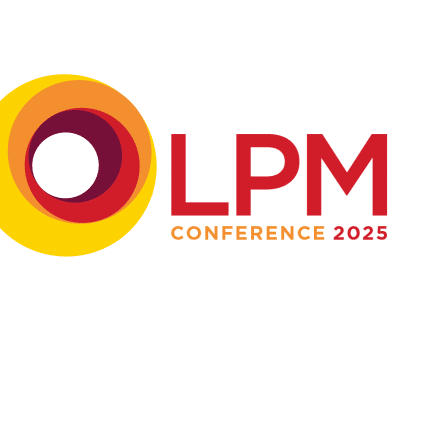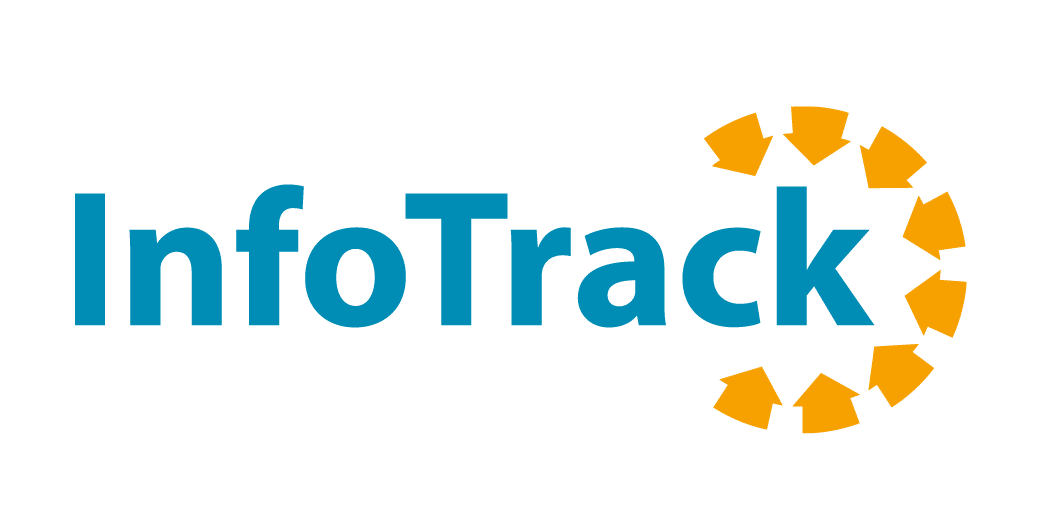
A grip on anti-money laundering
Anti-money laundering regulations are always growing more complex, thankfully digital tools in this space are evolving at speed too, says Eliz Alkaner, eCOS sales and operations manager, InfoTrack.
Fraud has long been a risk for law firms, and it shows no sign of slowing. As cyber criminals grow increasingly more sophisticated in their schemes, the Solicitors’ Regulation Authority (SRA) has announced the demands on law firms to prevent money laundering show no indications of abating.
This year we’ve already seen headlines proclaiming fines issued to firms that aren’t taking the right steps to mitigate risk – an indication the issue isn’t being taken lightly. With changing regulations and a constantly shifting digital landscape, feeling like you’re on top of managing financial risk can be tricky.
Whether it’s AML or verifying funds, your obligations related to checking your clients’ finances still stand. The key to effectively managing AML and other financial risk is to have the appropriate risk assessment in place, along with the tools to accurately evidence that you’ve taken all reasonable steps to protect you and your clients.
Knowledge and expertise will also be essential in risk mitigation, but technology can be used to support the efforts you make. Here are four ways technology can bolster your risk management procedures and help you prove you’re compliant.
-
Verify more than just source of funds
Conveyancing transactions call for source-of-funds checks, but leaving it at that doesn’t cut it. You need a clear picture of your client’s full financial history, not just that they have the money available now. Use a solution that enables a wider view with source of funds, proof of funds, and source of wealth checks. By digitising this process, you can access a detailed analysis of your client’s financial history, which makes the process of gathering evidence and identifying any risks easier.
-
Use technology to help highlight risks
Your staff should be trained in recognising red flags that may indicate financial fraud, but you can also use technology to signpost these early in the process. Whether it’s gaps in the information provided, funds that haven’t had a source allocated, or data that doesn’t quite match up, digitising the process can make the task smoother.
-
Make the process easier with open banking
Open banking technology provides a secure way to accurately source digital financial information, changing the way law firms – and many other institutions – are obtaining data. Savings hours of admin time spent on gathering PDFs and bank statements, open banking provides real-time insight into a client’s account. Coupled with tools that can analyse the information, it can save hours on every matter and prevent you chasing missing documents.
-
Add an additional layer of assurance with AML checks alongside digital ID verification
With PEPs and sanctions gaining greater prominence due to the Russia Ukraine conflict, the need for accurate AML checks with ongoing monitoring is ever-present. Using information obtained via digital ID verification can provide you with an additional layer of confidence that your client is who they say they are and their financial profile matches.
2023 is the time to strengthen your risk management and ensure you are compliant with current regulations. With the SRA emphasising the threat of fraud and their response to ensure law firms are doing their part to help reduce the risk, you need to take action. Digitising your processes if you haven’t already should be part of the plan and it’s a great way to prove you’re taking all the right steps.
Technology doesn’t absolve law firms of their obligations to complete thorough and detailed checks when it comes to client finances, but it can make the process easier by demonstrating you’ve taken all reasonable steps. Working with technology can not only save you time, it can make evidencing that you’re following protocol simpler too.




